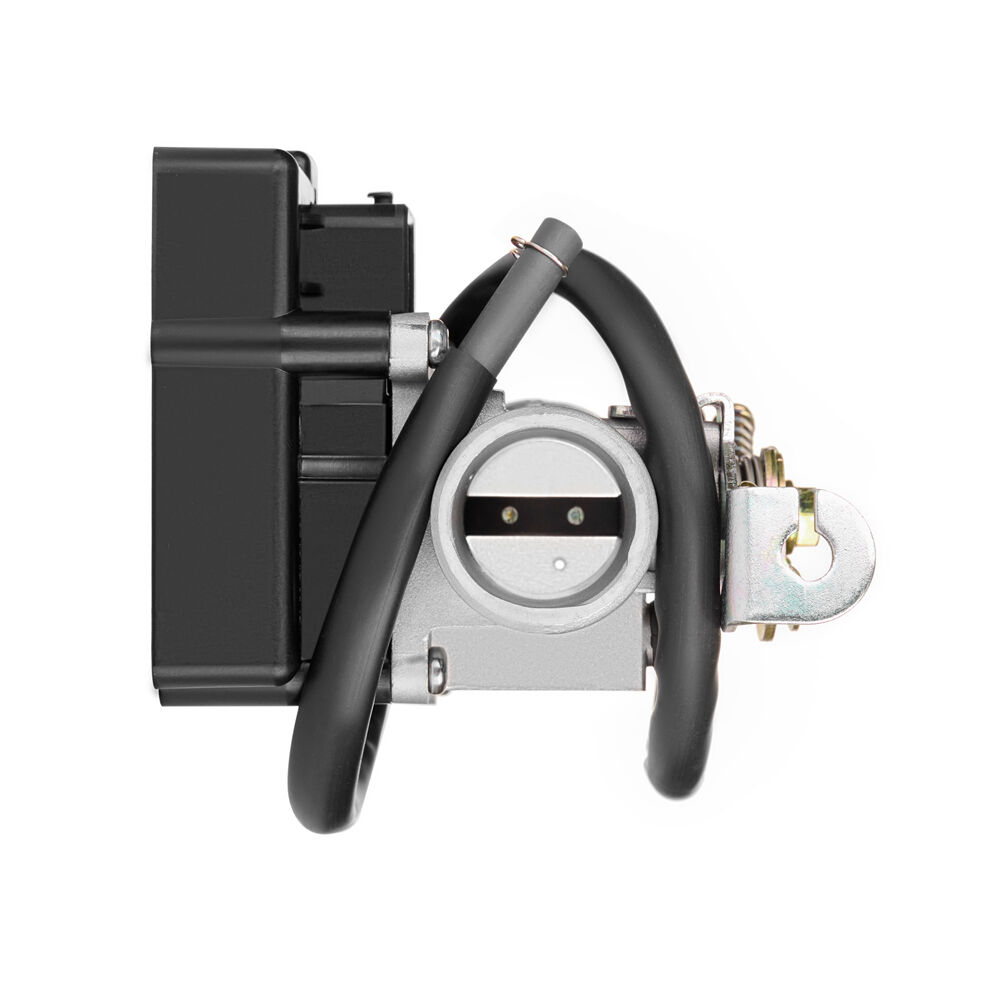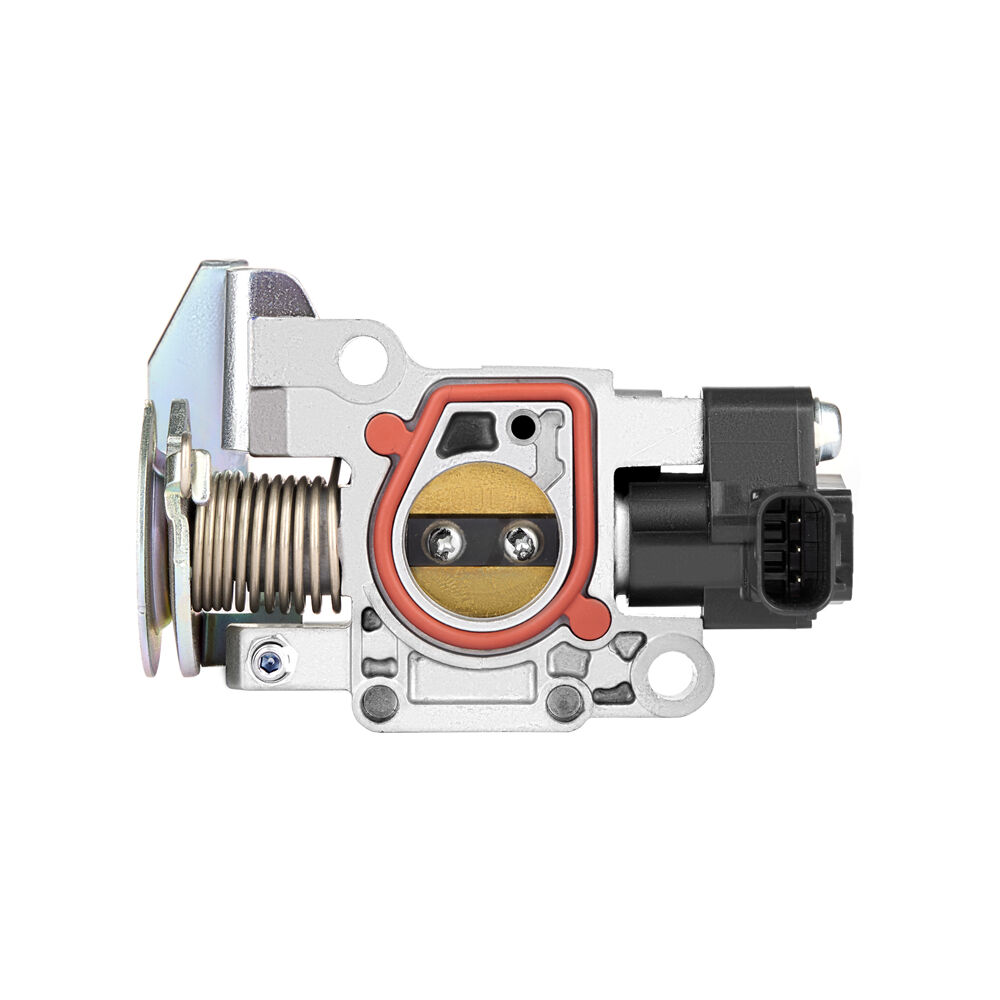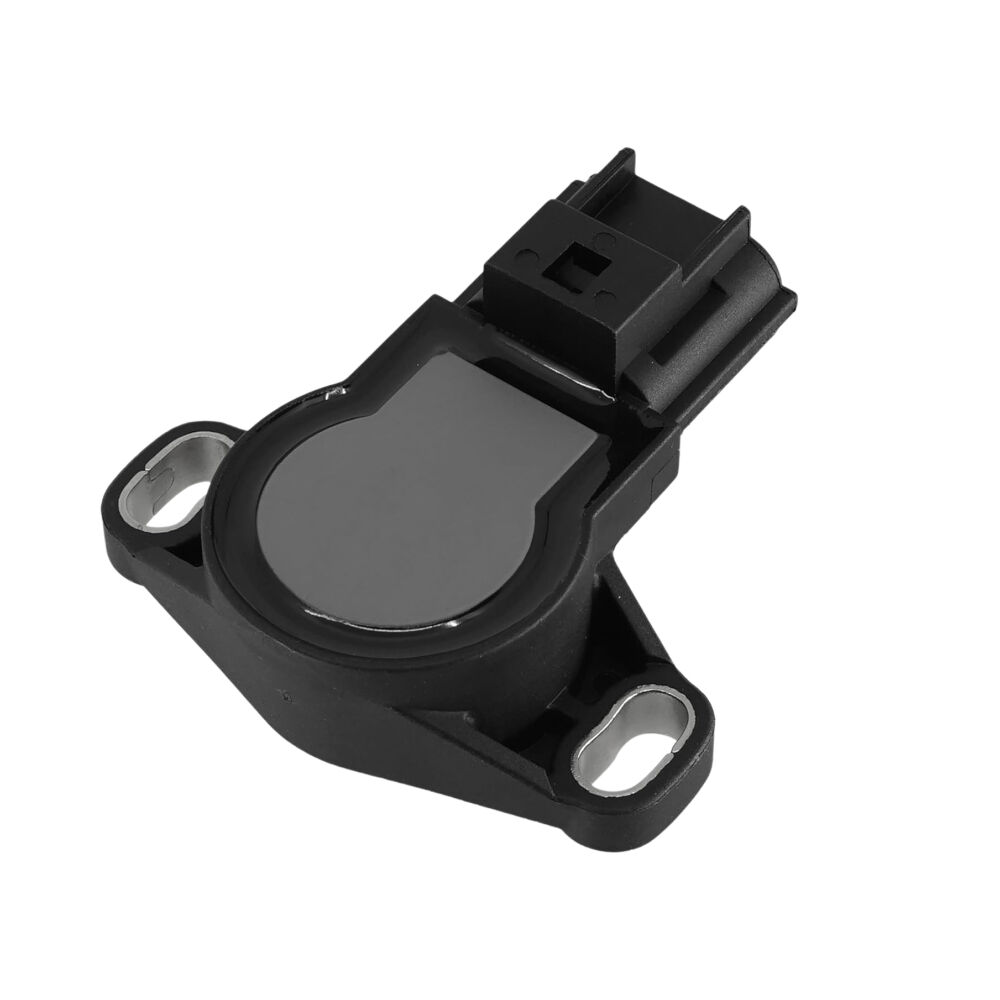air map sensor
The air MAP (Manifold Absolute Pressure) sensor is a crucial component in modern vehicle engine management systems, serving as a vital link between engine performance and optimal fuel efficiency. This sophisticated device continuously monitors the pressure inside the engine's intake manifold, providing real-time data to the engine control unit (ECU). By measuring the absolute pressure of the air entering the engine, the MAP sensor enables precise calculations of air density and mass airflow, which are essential for maintaining the ideal air-fuel ratio. The sensor operates through a silicon chip that flexes in response to pressure changes, converting mechanical movement into electrical signals. These signals are then processed by the ECU to adjust fuel injection timing and quantity. The MAP sensor's accuracy and reliability make it indispensable in both naturally aspirated and turbocharged engines, where it helps maintain optimal engine performance across various operating conditions. In modern vehicles, the MAP sensor also plays a critical role in emissions control, ensuring that the engine operates within environmental regulations while maximizing power output and fuel efficiency. Its integration with other engine management systems allows for comprehensive engine monitoring and real-time adjustments, contributing to improved vehicle performance and reduced environmental impact.


